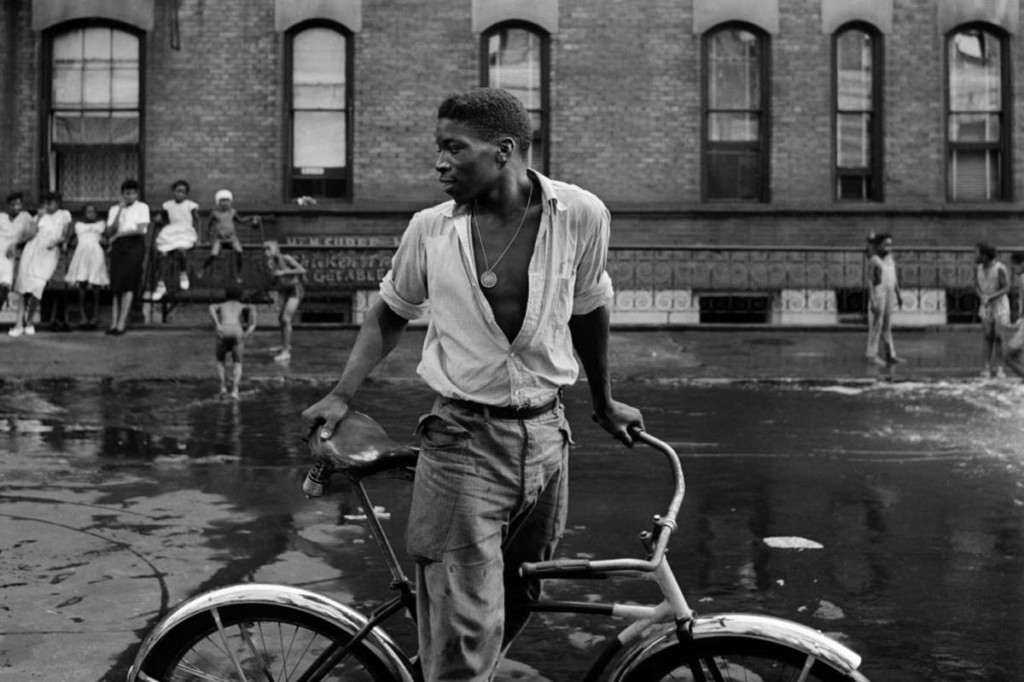Not known Facts About Framing Streets
Table of ContentsFraming Streets Fundamentals ExplainedThe Framing Streets DiariesUnknown Facts About Framing StreetsAbout Framing StreetsMore About Framing StreetsThe Greatest Guide To Framing Streets
Digital photography style "Crufts Pet Show 1968" by Tony Ray-Jones Street photography (likewise often called honest photography) is photography carried out for art or query that features unmediated opportunity encounters and random occurrences within public locations, typically with the objective of recording images at a crucial or touching minute by careful framework and timing. 
, who was inspired to carry out a similar documentation of New York City. As the city established, Atget helped to advertise Parisian roads as a deserving topic for photography.

The 3-Minute Rule for Framing Streets
Martin is the first taped photographer to do so in London with a disguised electronic camera. Mass-Observation was a social study organisation established in 1937 which intended to videotape day-to-day life in Britain and to tape the responses of discover here the 'man-in-the-street' to King Edward VIII's abdication in 1936 to wed divorce Wallis Simpson, and the succession of George VI. Between 1946 and 1957 Le Groupe des XV each year displayed work of this kind. Andre Kertesz. Circus, Budapest, 19 May 1920 Street digital photography created the significant web content of two events at the Museum of Modern Art (Mo, MA) in New york city curated by Edward Steichen, Five French Photographers: Brassai; Cartier-Bresson, Doisneau, Ronis, Izis in 1951 to 1952, and Post-war European Photography in 1953, which exported the idea of street digital photography globally.

Everything about Framing Streets
The recording device was 'a concealed camera', a 35 mm Contax hidden beneath his layer, that was 'strapped to the upper body and connected to a lengthy wire strung down the right sleeve'. Nonetheless, his work had little modern influence as due to Evans' level of sensitivities regarding the originality of his task and the privacy of his subjects, it was not published until 1966, in guide Many Are Called, with an introduction created by James Agee in 1940.
Helen Levitt, then an educator of young youngsters, connected with Evans in 193839. She documented the transitory chalk illustrations - Best Zoom Lens that belonged to youngsters's street culture in New york city at the time, along with the kids that made them. In July 1939, Mo, MA's brand-new digital photography section consisted of Levitt's operate in its inaugural exhibitRobert Frank's 1958 book,, was substantial; raw and commonly indistinct, Frank's pictures questioned mainstream photography of the time, "challenged all the official guidelines put down by Henri Cartier-Bresson and Pedestrian Evans" and "flew in the face of the wholesome pictorialism and heartfelt photojournalism of American publications like LIFE and Time".